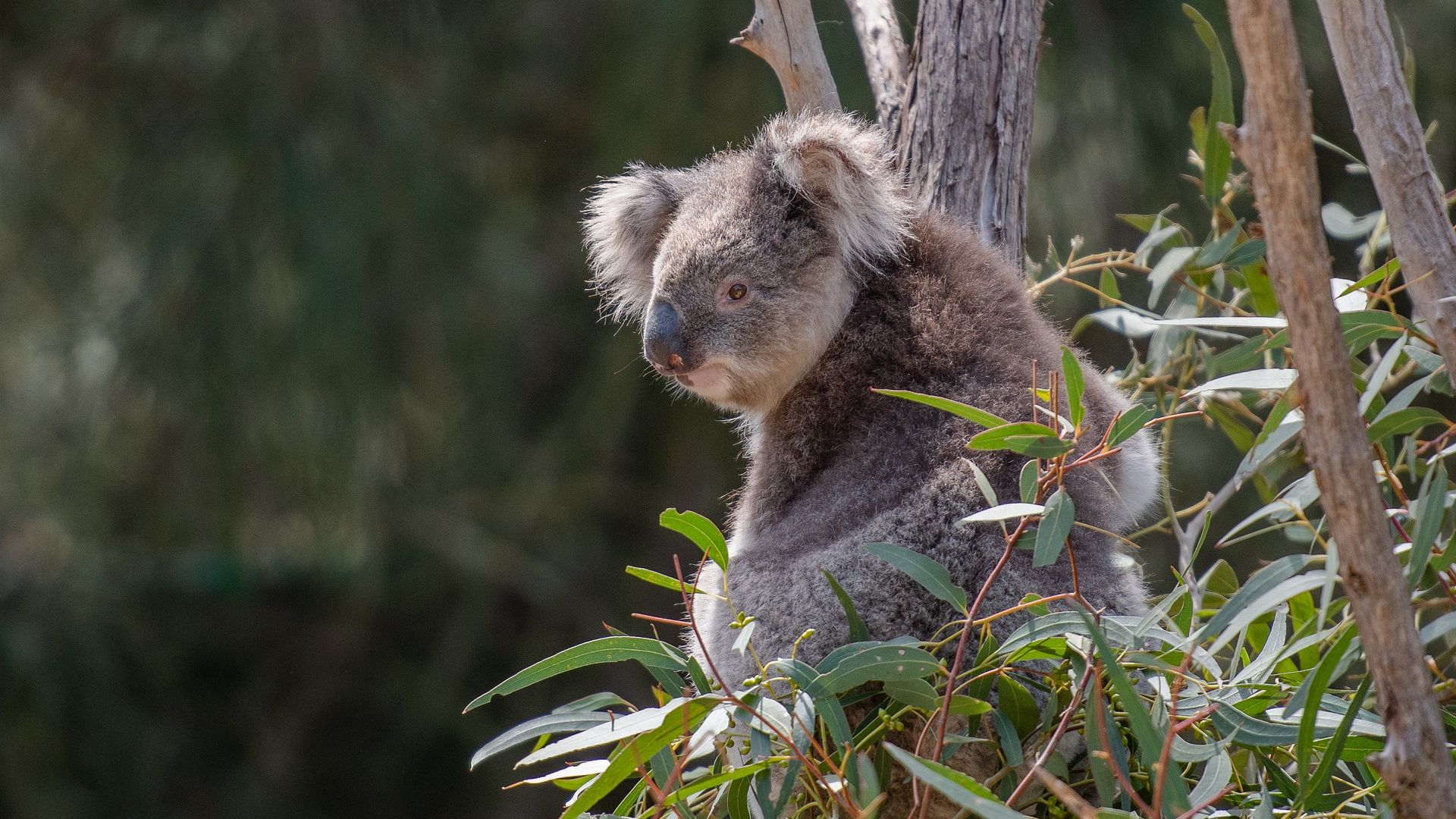By Dr Andrew Peters, Associate Professor in Wildlife Health and Pathology in the Charles Sturt University School of Animal and Veterinary Sciences and member of the Charles Sturt University Institute for Land, Water and Society and the Graham Centre for Agricultural Innovation.
Three topics have dominated the Australian media recently, and all three represent serious challenges for wildlife health and why we need to better protect our wildlife.
The global public health crisis of COVID-19, Australia’s 2019-2020 fire season and the ongoing drought are proof that maintaining the health of our wildlife has never been more challenging or relevant. All three are also proof that wildlife health is one of the emerging challenges of our time.
Australia is now in the recovery phase of its most catastrophic fire season, in which a conservative estimate of more than one billion birds, mammals and reptiles are thought to have perished in the fires. The habitats of at least 113 threatened animal species have been directly impacted.
The toxic combination of the fires and Australia’s ongoing drought is continuing to have lethal consequences for wildlife. Australia in recent months has had numerous reports of mass mortalities of flying-foxes in eastern Australia due to heat, starvation and drought and fish die-offs from heat, low water flow and ash from the fires.
We are also in the grip of an emerging global public health crisis, COVID-19, the cause of which is a virus – SARS-CoV-2 – that originally came from wildlife. The coronavirus causing COVID-19 is thought to have infected humans through the wildlife trade, which itself has been a major threat to the conservation of a number of species.
The bushfires, drought and COVID-19 are all connected by one thing – the way we interact with wildlife and the natural world. Protecting our wildlife from disease, and ourselves from wildlife disease, is challenging. It will become even more challenging as extreme weather conditions, such as bushfires and drought, increase in frequency and severity, and as the increased pressure we put on wildlife populations leads to changes in their behaviour and distribution.
In the past 25 years, there have been more new and devastating wildlife diseases than ever before. A number of well-studied diseases show us that our own activities might underlie the emergence of wildlife diseases in recent decades. The ways in which we are changing the natural world can lead to disease through a cascading series of unexpected, but related, events.
In 1998, a fungal disease called chytrid was identified as the cause of frog extinctions in Australia and around the world. There is now considerable evidence that chytrid was moved around the world through global trade, decimating hundreds of species of frogs in the process. In 2002, SARS coronavirus arose in China for the first time. SARS originated in bats and was transmitted to people through wild animals in wildlife markets. There is growing evidence that deforestation and land use change by people are significant drivers of transmission of a number of bat viruses between wildlife, domestic animals and people, including coronaviruses.
Today, infectious diseases like chytrid continue to wipe out wildlife. We are also seeing large mortalities of wildlife from environmental causes like extreme heat, bushfires and drought, as well as toxins and pollution. The recent bushfires and heat stress mortalities in wildlife are being driven, at least in part, by human-caused climate change.
Wildlife diseases are an emerging problem around the world. If we are to protect ourselves, our economies and our environment, we need to get ahead of wildlife disease. We need to understand the drivers of disease emergence in wildlife, but we also need to get better at protecting wildlife health before disease appears. To do this, we need to rethink our relationship with wildlife, both to protect the precious resource wildlife is for future generations and to protect ourselves from disease.
Wildlife health might be an emerging global challenge, but it’s one that we can solve. Because it can impact all of us, we are all, as individuals and as communities, crucial partners in solving the challenge of wildlife health.






Social
Explore the world of social